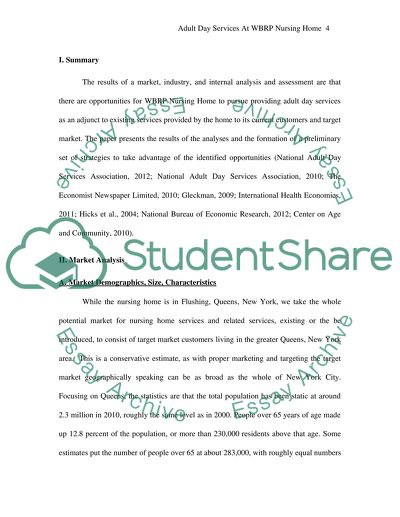Cite this document
(“Adult Day Services at the WBRP Nursing Home in Flushing, Queens, New Essay”, n.d.)
Adult Day Services at the WBRP Nursing Home in Flushing, Queens, New Essay. Retrieved from https://studentshare.org/nursing/1447323-proposal-paper
Adult Day Services at the WBRP Nursing Home in Flushing, Queens, New Essay. Retrieved from https://studentshare.org/nursing/1447323-proposal-paper
(Adult Day Services at the WBRP Nursing Home in Flushing, Queens, New Essay)
Adult Day Services at the WBRP Nursing Home in Flushing, Queens, New Essay. https://studentshare.org/nursing/1447323-proposal-paper.
Adult Day Services at the WBRP Nursing Home in Flushing, Queens, New Essay. https://studentshare.org/nursing/1447323-proposal-paper.
“Adult Day Services at the WBRP Nursing Home in Flushing, Queens, New Essay”, n.d. https://studentshare.org/nursing/1447323-proposal-paper.


